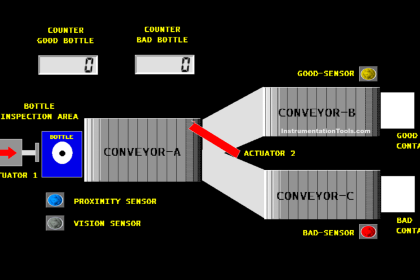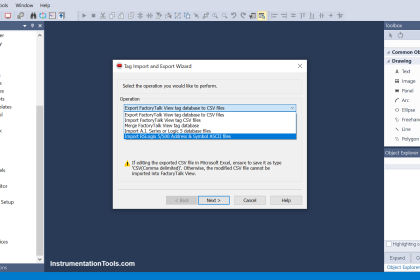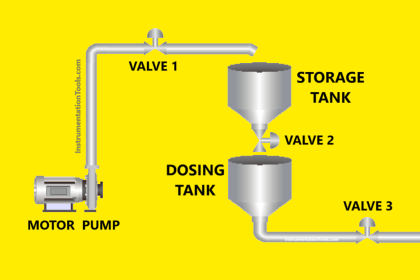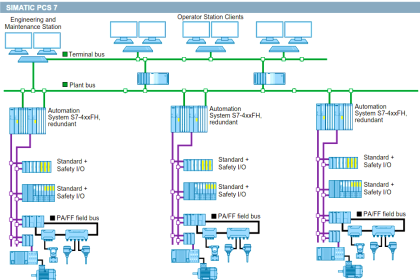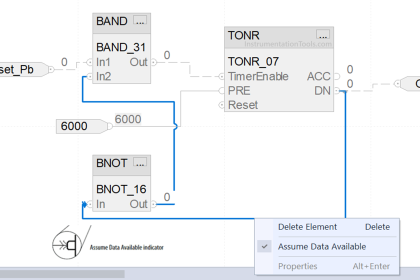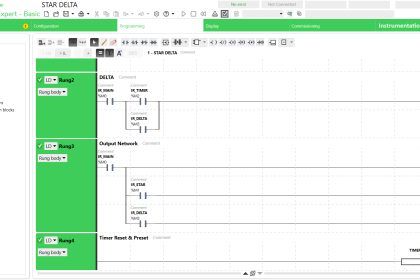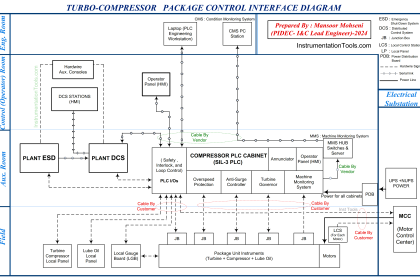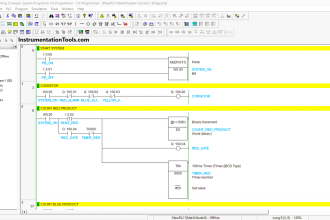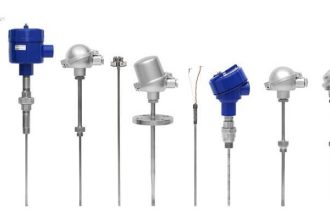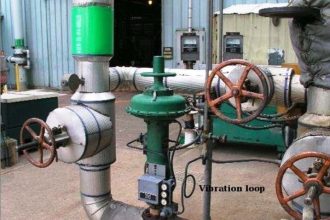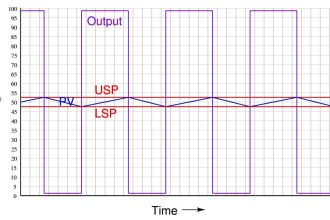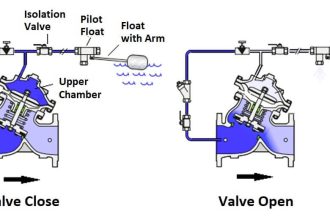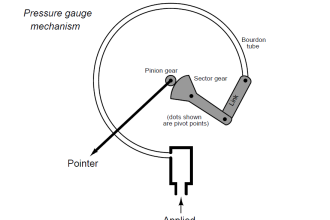In PLC systems, when you work on electrical wiring, you need to take special care of the voltages involved. The voltage is classified into two types of use – power and control. But be it any type, you will find that DC voltage is more preferable and used in PLC systems, than AC voltage. There are many reasons for this support.
Why is 24 Volts Commonly Used?
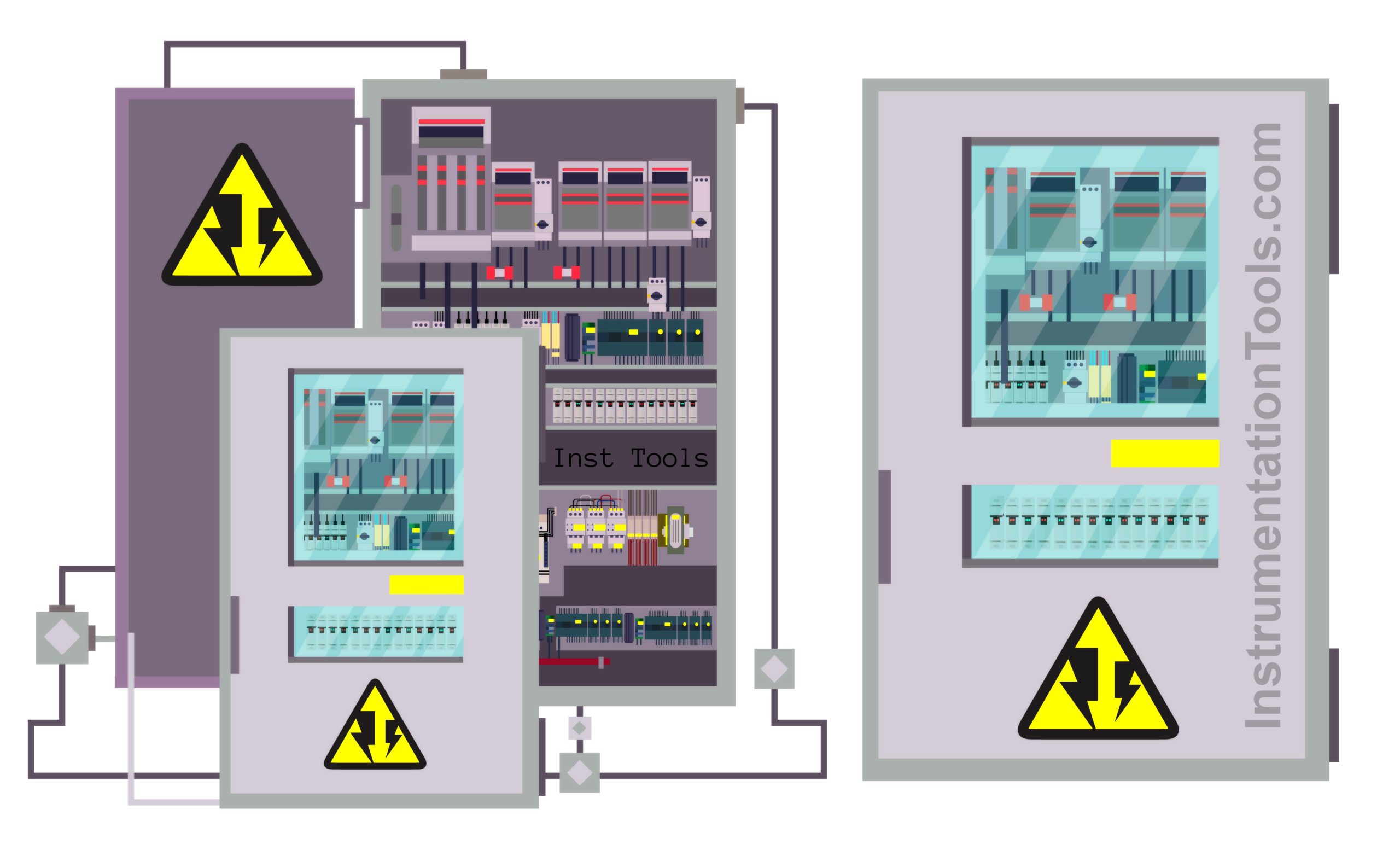
In this post, we will see why the PLC makes use of 24V often.
Safety:
The very first reason for using 24V DC is the safety of the control circuit. Yes, you may argue that if this is the case, then we should stop using 230V AC for PLC systems. But, this is not the point. You can use 230V AC as it provides more flexibility for current consumption, but what heavy devices does a PLC actually work with? It is connected to instruments, sensors, relays, and other small current consumption devices, which itself use 24V DC. Just for PLC purposes, if you use 230V AC, then an engineer can by mistake connect this potential to an instrument, which will damage it. If the whole control circuit is thus consumed by 24V DC, then the safety of the PLC system is ensured in a great way.
High switching rate of semiconductors:
Semiconductors used in electronic items often function at high switching rates. They use low DC voltage for this purpose. You may have seen in relays, if AC voltage is used and if it is switched frequently, then sparks are created due to chattering and may damage them. So, as PLC is an electronic item and comprises semiconductors inside, using 24V DC ensures a reliable operation. That does not mean you cannot use AC voltage; it entirely depends on the design of the circuit. But designers too mostly prefer DC voltage over AC voltage.
Reduced noise interference:
At lower DC voltages, there is a very low chance of electromagnetic noise interfering with actual control signals and disturbing the output. If AC voltage was used, then harmonics and noise play a greater role in signal interference, which indirectly affects the efficiency of a PLC system. This is also the reason why instruments prefer 24V DC voltage for their power supply and control signals.
No need for additional safety equipment:
When you work on high AC voltages, you have to sometimes wear protective gear like helmets, gloves and other related items. All this is not required when you are working on DC voltages. It is very low voltage and you do not get any electric shock if touched by mistake. So, all this additional equipment and gears are eliminated automatically when working with DC voltages.
SMPS can take any type of AC voltage as input:
This is a very important factor for using 24V DC voltages. AC voltage input can vary by some factors, depending on the region where electricity is used. A standard PLC or instrument manufacturer will not make products based on different AC voltages. So, a simple solution for him will be to use 24V DC as supply, because an SMPS can convert a wide range of AC voltages into a standard 24V DC voltage.
Smaller electronic boards:
Circuits employing lower DC voltages consume a low space area for assembly, as compared to 230V AC devices which consume a higher space area for assembly. Lower space consumption automatically increases simplicity, and reduces cost and transport costs. This directly impacts your finances and business.
Reduced thermal consumption:
When you work at high AC voltages, you will see that devices will heat up more quickly, give a larger heat dissipation and will eventually require more cooling. This is not the case with DC voltages, as they consume less thermal energy with reduced heat dissipation. This will automatically reduce your cooling demands and save energy. Also, frequent heating of a product can reduce the lifespan of PLC. As PLC is used in critical environments, these types of issues create a headache for the engineer.
Voltage stability:
DC voltages are constant and stable in nature, as compared to AC voltages which vary more frequently with a large span sometimes. And as sensitive electronic circuits require a stable voltage for operation, 24V DC is more preferred due to this reason.
In this way, we saw why the PLC makes use of 24V DC often.
Read Next:
- PLC Program for Measuring Event Duration
- Conveyor Speed Logic using the PLC Program
- PLC Tank Liquid Heating Control by Steam Flow
- Wet Contacts and Dry Contacts in PLC Systems
- PLC Functional Blocks for Tanks Drain Control
